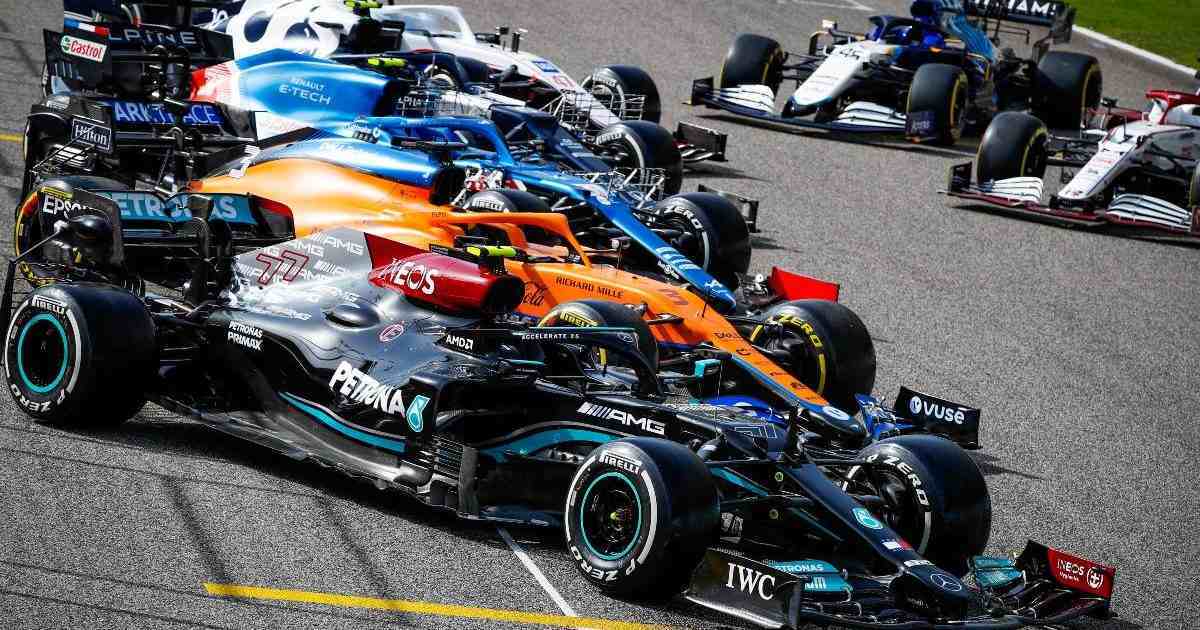Formula 1 is planning to introduce ‘active aerodynamics’ for cars in order to reduce fuel consumption by a third from 2025. Two years ago, F1 announced that it will become a “net-zero” producer of carbon by the year 2030. Reducing the fuel consumption of engines will help achieve that goal.
A group has been established to form Formula 1’s new engine regulations for 2025. It will include both current power unit manufacturers and fuel suppliers. Few manufacturers and fuel suppliers that could join Formula 1 later are also part of this group.
Five goals have been set for the F1’s next-gen of engines, which will arrive 11 years after the current V6 hybrid turbos were introduced. The technology must be sustainable and relevant to manufacturers, include a fully sustainable fuel source, reduce costs, be attractive to new power unit manufacturers, and result in a powerful design.
What Fuel Do Formula 1 Cars Use?
F1 fuel has different composition compared to fuels in cars at the local petrol station. Formula 1 has stayed ahead of the curve regarding fuel. For example, current F1 regulations state that fuel must include 5.75% bio-components.
How much fuel do Formula 1 cars use?
The fuel used in Formula 1 cars is calculated in weight rather than in litres or gallons. As of 2019, the regulations stated that a car could use up to 110kg of fuel per race. This was a 5kg increase from 2018. It remains to be seen what will be the inflation-adjusted fuel rate in the coming years.
The F1 also intends to decrease the weights for the car the minimum weight limit has increased by more than 17% over the last eight years, reaching 752kg this year, excluding the maximum 110kg of fuel each car uses in a race.

